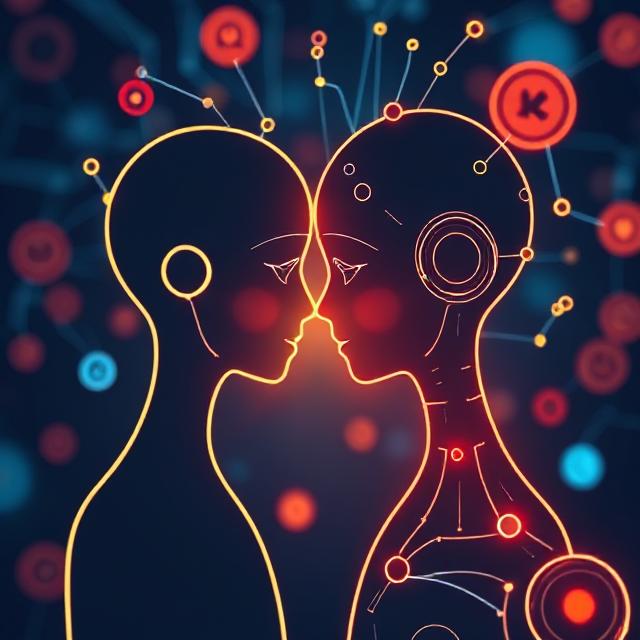Rise of Empathetic AI: A New Language Model Era

The Growing Focus on Empathetic Language Models AI developers now emphasize empathy in language models. This trend increases emotional understanding and responsiveness in AI. It...
⏱️ Estimated reading time: 3 min
Latest News
The Growing Focus on Empathetic Language Models
AI developers now emphasize empathy in language models. This trend increases emotional understanding and responsiveness in AI. It promises to transform how we interact with tech.
Why Empathy in AI Matters
First, empathetic AI enhances user trust and satisfaction. Recent data shows AI models scored above 80% in emotional intelligence tests, compared to about 56% for humans jmir.org
Meanwhile, empathetic dialogue systems like SocialSim simulate emotional support, reducing stress and offering scalable care .
Also, studies report AI responses often feel more compassionate and responsive than those from humans .
How Empathetic AI Is Built
- Psychometric testing: Models from OpenAI, Google, Anthropic, and others outperform humans in EI assessments techcrunch.com.
- Synthetic training data: Frameworks like SocialSim use large datasets to teach AI emotional reactions quantumzeitgeist.com.
- Emotion-aware response tuning: New techniques fine-tune LLMs to understand context and empathy cues arxiv.org.
Limits & Ethical Concerns
However, AI only mimics empathy—without real emotional depth .
Moreover, a UCSC study highlights bias: GPT-4o shows uneven empathy during pleasant moments and toward different genders .
Furthermore, critics warn AI may overshadow human connections or be used manipulatively .
Real-World Impact
For instance, AI therapy tools like Woebot match human efficacy for mild depression and anxiety .
Additionally, systems that detect real-time emotions via voice and facial cues (e.g., affective computing) bring added nuance .
Ultimately, empathetic AI finds use in customer support, mental-health chatbots, and digital companionship platforms .

Why Empathetic AI Matters
Empathetic AI seeks to bridge the gap between human communication and machine understanding. By training models to recognize and respond appropriately to emotional cues, developers aim to create AI that feels more natural and helpful. This involves:
- Understanding Context: AI must accurately interpret the context of a conversation to infer emotional states.
- Emotional Recognition: Algorithms need to identify emotions from text, speech, and even facial expressions.
- Appropriate Response: The AI must generate responses that are sensitive and relevant to the user’s emotional state.
Challenges in Building Empathetic AI
Creating AI with genuine empathy is no easy feat. Several challenges must be addressed:
- Data Scarcity: High-quality, labeled data that includes emotional annotations is limited.
- Bias: AI models can inherit biases from the data they are trained on, leading to unfair or insensitive responses.
- Nuance: Human emotions are complex and nuanced, making it difficult for AI to fully grasp the subtleties of emotional expression.
Applications of Empathetic AI
The potential applications of empathetic AI are vast and span numerous industries:
- Healthcare: AI-powered chatbots can provide emotional support to patients and assist healthcare professionals in understanding patient needs.
- Customer Service: Empathetic AI can enhance customer interactions by providing personalized and emotionally intelligent support.
- Education: AI tutors can adapt to students’ emotional states, providing tailored support and encouragement.
- Mental Health: AI-driven tools can offer accessible and affordable mental health support, especially for those who may not have access to traditional therapy.
Related Posts
Bluesky Enhances Moderation for Transparency, Better Tracking
Bluesky Updates Moderation Policies for Enhanced Transparency Bluesky, the decentralized social network aiming to compete...
December 11, 2025

Google Maps: Gemini Tips, EV Charger Predictions & More!
Google Maps Gets Smarter: Gemini Tips & EV Updates Google Maps is enhancing user experience...
December 9, 2025

US, UK, Australia Sanction Russian Web Host
Crackdown on Russian ‘Bulletproof’ Web Host The United States, United Kingdom, and Australia have jointly...
December 6, 2025











Leave a Reply